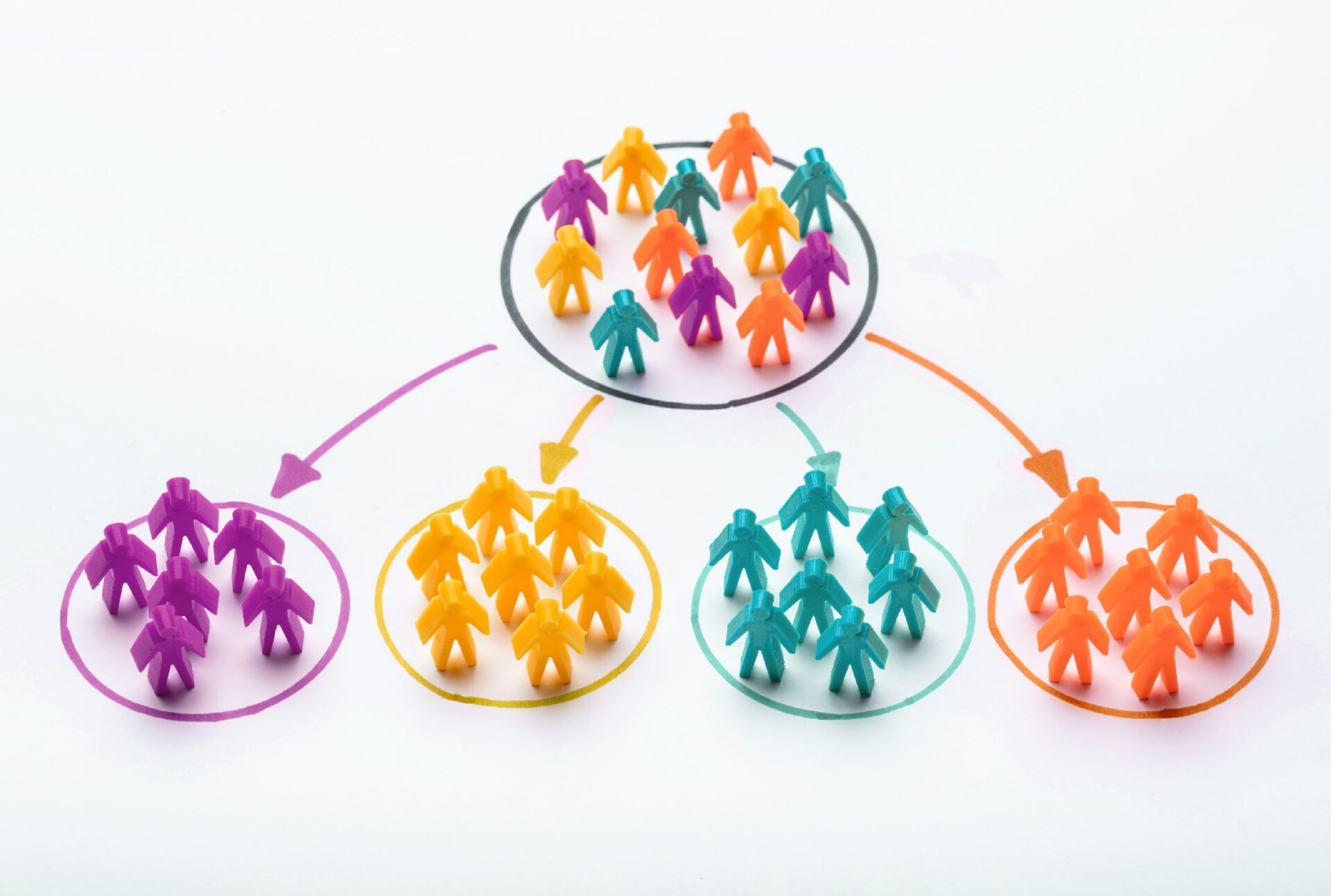
Introduction
In my youth, our family relocated to a smaller town in Zimbabwe. Previously, we lived in the suburbs, with well-maintained trees along the streets and minimal noise pollution. Milk was delivered to your doorstep, and the ice cream man rang his tempting bell daily. I could get a lollipop from the ice cream man if I managed to catch him before he whisked past our gate, and my mother would settle the weekly cents on Saturday afternoons.
Living in a township was a very different experience. There were many houses, and I would have my first experience with community tuckshops. My parents were teachers and, as such, were respected and trusted. It was really special to be a teacher, nurse, or doctor in Zimbabwe in the 90s. I discovered it was special because you gained trust easily since you had a guaranteed monthly income. We would get bread, sugar, and other supplies from the tuckshop daily on credit and settle the balance interest-free as soon as the government paid. In those days, this benefit of getting credit was granted selectively even though we were all neighbors. Years later, I understood what this favor and classification was about; Customer Segmentation! The tuckshops segmented salaried workers and gave them access to credit.
Why should a business segment its customers?
At the intersection of Business “needs” and Customer ”wants” comes customer segmentation. Segmentation divides customers into groups based on common characteristics enabling organizations to market to each group effectively and appropriately. These groups are typically clustered around geography (e.g. country, county, or city), culture (e.g., religion, race, region, language, education and economic class), demographics (e.g., age, gender, or income), usage rates, psychographics (e.g., values, desires, goals, interests, and lifestyle choices), and behaviors (e.g., online vs. offline shoppers)
To find out more about its customers, the business has to ask these simple questions: Who are your customers, what do they want to buy, how do they want to buy, when do they want to buy, where do they want to buy, and most importantly, why do they want to buy? With the answers to the questions, the business can create customer segments and analyze their value to the company. Customer segmentation is essential for the following:
- Prioritizing new product development efforts
- Developing customized marketing programs
- Establishing appropriate service options
- Designing an optimal distribution strategy
- Determining appropriate product pricing.

Segment Strategy
Once the business identifies clear segments, you need to determine which one(s) the business needs to focus on. The questions to consider here are profitability, your capability and capacity to serve, and the strategic advantage. You can choose to serve them all but you must know at what cost: direct and indirect.
With your selected segment(s), the next step is to design your strategy.
Full market coverage (or undifferentiated segmentation strategy): This approach applies a single marketing mix to the entire market. It means a business tries to serve all consumer groups with the products or services they might need. In the undifferentiated segmentation strategy or mass marketing strategy, a company goes after the whole market with one offer, ignoring segment differences.
Multiple segments specialization (or differentiated segmentation strategy): A business can specialize in a product or service and target different segments with similar traits. For instance, smartphone manufacturers don’t target only those who need to communicate (make calls and send messages) but also enthusiasts of photography and music when they talk about cameras and speakers. A multiple-segment specialization approach allows businesses to diversify concentration risks by broadening their target audience. The business provides different products or routes to market for each segment in this strategy.

Single-segment concentration (or concentrated segmentation strategy): With this model, organizations target a single market segment and become experts in that niche. They study and apply a single marketing mix to a given segment: a concentrated segmentation strategy. Using this strategy, the company acquires a deep knowledge of consumers’ needs and quickly gains a strong market presence.
Individual marketing (one-to-one marketing): Thanks to Artificial Intelligence (AI) and Machine Learning, it is possible to create personalized purchasing experiences. This can also be called the Segment of One. Companies like Wasoko can utilize a CRM (Customer Relation Management) system to look at an individual customer’s purchasing history to send specific Call to Action or marketing campaigns to influence their behavior.
Conclusion
The segmentation process helps a marketing or business person understand who the customer is, where they are, what influences them and how to give them value at a profit. In my experience, I have learned not to fall into the temptation of applying the same methods across the segments. It wastes your time and marketing resources with undesirable outcomes: low conversions and usually disgruntled customers from mass messages. It is critical to stick to the target profiles and continuously improve customer engagement by studying the responses and being sensitive to changing customer needs.
Mellany Msengezi is the Head of Marketing for Wasoko, a B2B e-commerce platform with integrated financial services and logistics transforming access to essential goods for communities across Africa. She has vast experience working in the telecom industry and worked for Airtel in Kenya as Marketing Director, prior to that she was General Manager – Marketing for Econet Wireless Private Limited. Her experience covers areas such as Brand/Product Development and Management, Segment Management, Marketing, Research, Budgeting, Sales Management, Project Management and Digital Marketing. LinkedIn